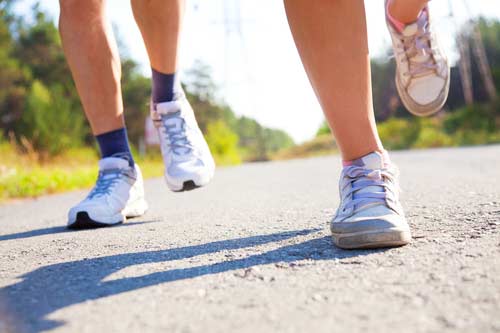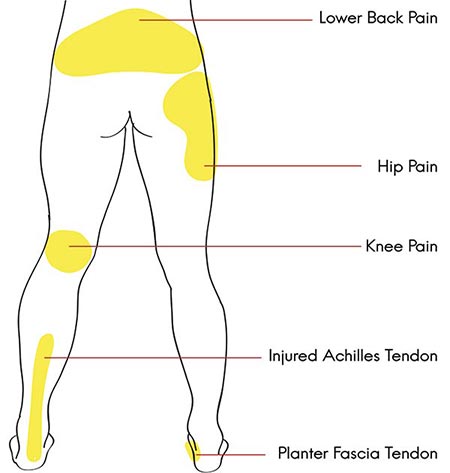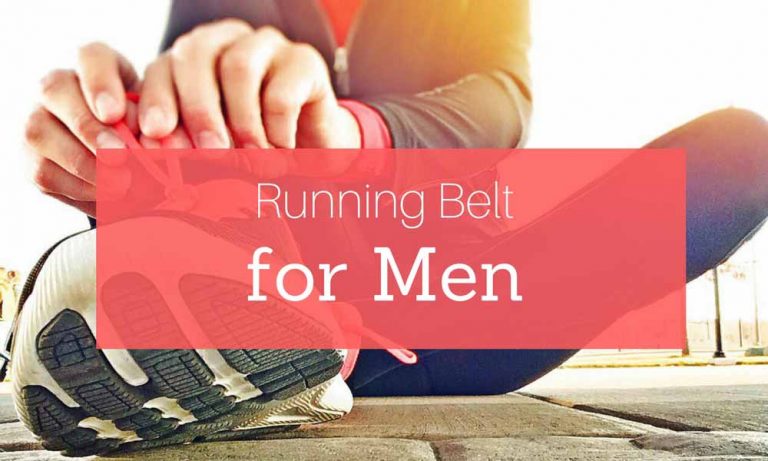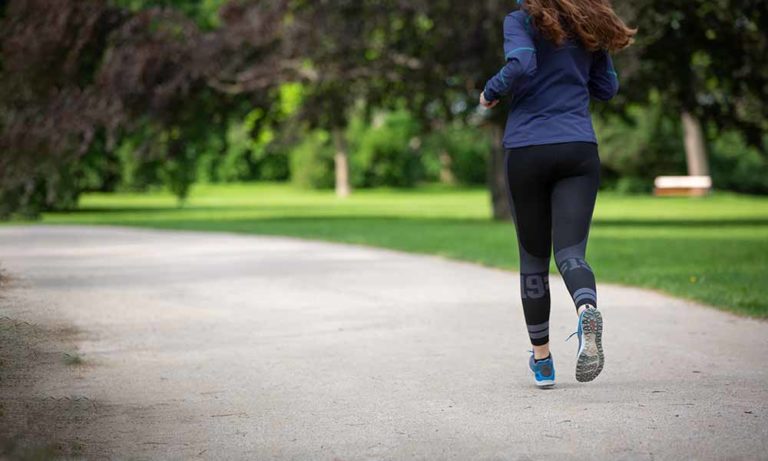Running and Back Pain – 4 Tips for the Newbie Runner
Running is an excellent exercise for your respiratory and circulatory systems. Think about your breathing, lungs, heart, bloodstream, and so on. And the mind rejuvenates as well when you are on the run.
But, there are some things you should take into consideration. Especially if you haven’t been running before.
In the early stages of your running career, the biggest problem is the load caused by running. It might be too much for your body and it comes too fast.
If you never run before, start out with walking/running intervals, this helps the body adapt to the activity.
Running puts fluctuation and repetition on your body. Your legs and back have not yet become accustomed to it. That might result in some degree of stress-related problems.
Running exposes especially your knees, hips, and lower back to these stress problems.
Do you spend most of your day sitting?
Some statistics show that approximately 8 out of 10 Americans will have back problems at some point in their life.
The number of adults experiencing lower back pain is on the rise.
And back problems are more common in women than in men. Most of the cases are among us who work at the office desk sitting through the day.
So if you’re a beginner, don’t push yourself too hard and too fast. It can drive to overuse injuries such as stress fractures, and back pain.
Back Pain From Running – How to Prevent It
Here are the 4 tips for the newbie runner.
1. Running shoes
The first thing you should put in place before starting to run is the proper running shoes.
Sportswear has a vast variety of options, and there is a pair of shoes for everyone.

The most available options are neutral running shoes and shoes with pronation support.
For many, shoes with pronation support might make the right choice, but not for everyone.
As a guideline, you might say, if you are unsure about the choice, then select a neutral shoe instead. And if you are a beginner, you are a little bit hesitant, so choose a neutral one.
A study from the British Journal of Sports Medicine suggests that new runners can run in neutral shoes, regardless of their pronation.
2. Running position
Another thing you should pay attention to is your running position.

It would be worth practicing it first by going for a walk.
In a good position, the lower back remains straight, and the neck and shoulders are relaxed.
The upper back has a good posture and perhaps the most important: toes and knees are in the same line, i.e. pointing in the same direction forward.

- Poor posture on the left. It can result in neck and back pain.
- Neutral posture on the right. Shoulder aligns with hips, and hips are aligned with ankles.
3. Stay moderate
The third thing when the shoes and the posture are okay is moderation.
You should start with short 2-3 km walks/runs and listen to the body.

A suitable number of exercises for the beginner could be 2-3 walks/runs per week. You can do one of these exercises just by walking.
One of the biggest pitfalls of newbie runners is thinking you need to start out running non-stop with no walk breaks.
You shouldn’t even make it a goal to run without stopping when you are starting out. Remember to insert those walking sections into your run. It gives your body a chance to reduce sweating (fluid loss), lowers your injury risk, and lessens the stress running puts on your body.
You can increase running by how your body feels. Yet so that you can recover and recharge well from the previous exercise.
4. Muscle maintenance
The fourth thing is muscle maintenance and water retention after the runs and the days between them.

The buttocks, thigh, and iliopsoas muscles would be worth stretching for 30 seconds a couple of hours after the run to recover resting muscle length.
All Runners Need Strength Training.
It is also good to make light stretches and shakes during the rest day for the pelvic area and legs.
Running is a high-level physical practice, so your back, abs, and legs need to be strong. That’s why good core strength is crucial for all runners.
You can start with basic easy drills such as jumping squats, high knees, and butt kickers. Jogging on the spot may be used as a warm-up.

The Bottom Line
When starting out your running career, take care of these 4 small things to make your runs more fun without the pain.





